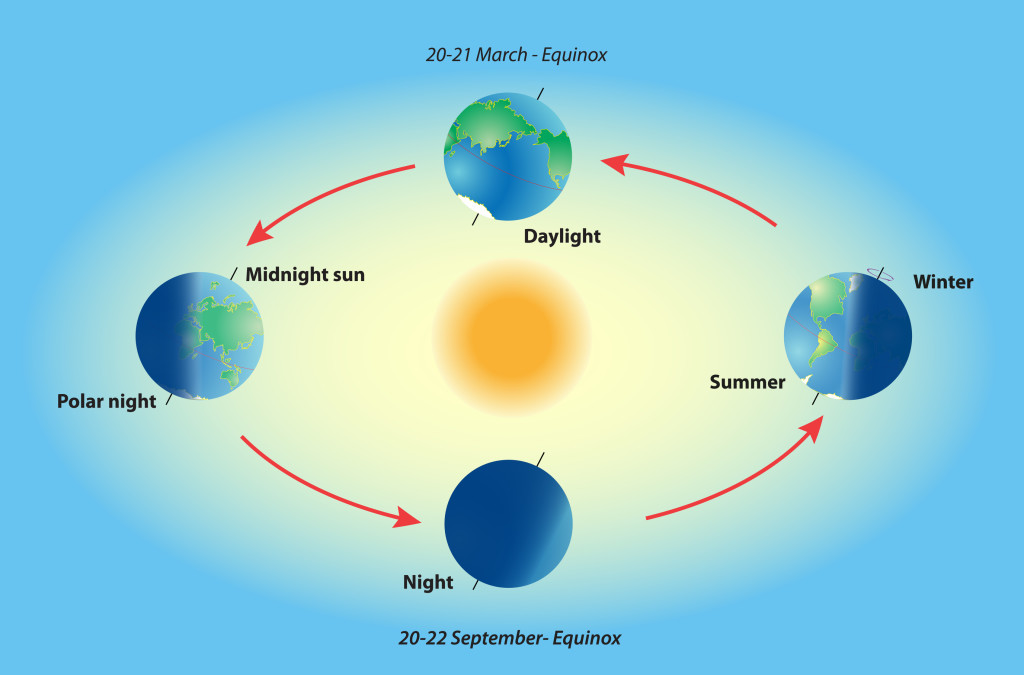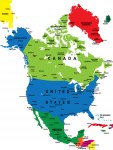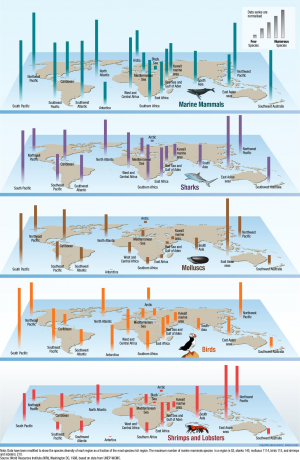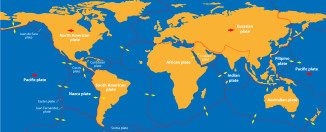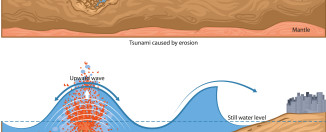The Four Seasons
Seasons aren’t the same in all parts of the world. Some places that are very hot or very cold don’t seem to have much difference in weather all year round. However, for most areas outside of the tropics or polar regions, the weather changes throughout the year in the same cycle of 4 seasons.
 At other times of the year, your part of the earth will be tilted away from the sun so it will be darker and colder. Let’s look at the seasons for the northern half of the earth (if you live in the south, the seasons happen at the opposite times of year!):
At other times of the year, your part of the earth will be tilted away from the sun so it will be darker and colder. Let’s look at the seasons for the northern half of the earth (if you live in the south, the seasons happen at the opposite times of year!):
Summer – In the summer, the north is tilted towards the sun and gets the most heat and sunlight. This makes the days longest and hottest, and helps plants to grow.
Fall / Autumn – The earth moves so it is no longer tilted towards the sun. There is less heat and light, so days get shorter and cooler. Plants start to lose their leaves and dry up.
Winter – In the winter, the north part of the earth tilts away from the sun. It receives the least amount of light and heat, so days in winter are short and cold. Snow falls and water can freeze to ice.
Spring– The earth moves so it is no longer tilted away from the sun. There is more heat and light, so days get longer and warmer. Plants start to grow, flowers bloom, and snow melts away!
Do you know how geysers work?

